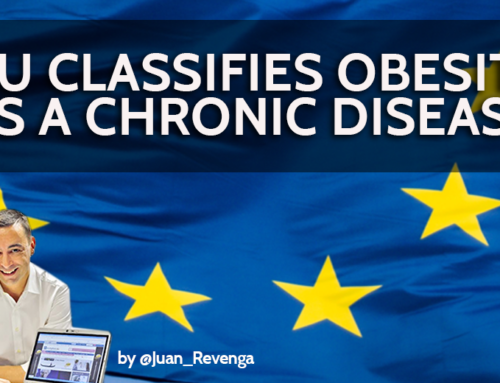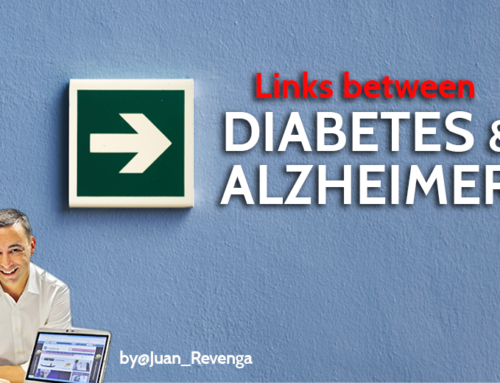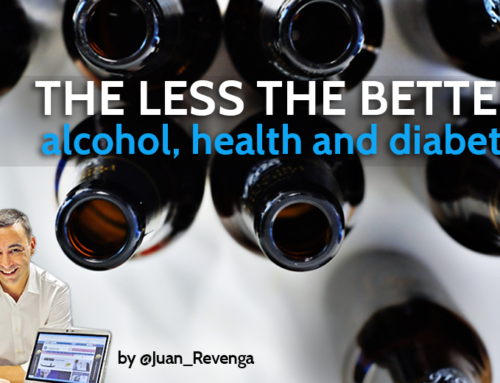The American Diabetes Association´s 78th scientific sessions highlights the results of Patia’s type 2 diabetes prevention program at Mexico biggest financial corporation
 The American Diabetes Association (ADA), one of the most active and prestigious worldwide, has included Patia´s Late Breakthrough Discovery supporting Patia’s thesis on the relevance of genetics in early detection of type 2 diabetes.
The American Diabetes Association (ADA), one of the most active and prestigious worldwide, has included Patia´s Late Breakthrough Discovery supporting Patia’s thesis on the relevance of genetics in early detection of type 2 diabetes.
Presented during the ADA 78th Scientific Sessions, the prevention program exposes the results of a large-scale investment in prevention in the workplace. The presentation opens the doors to the consideration, based on data, of how companies can effectively promote the prevention of diabetes among employees, and thus reduce the costs of medical care using genomic tools with great Predictive power.
The hypothesis is that employers could be instrumental in reversing T2D risk for a majority of its population if they were to implement improved predictive power risk detection tools.
To increase employee engagement in diabetes prevention programs and ensure the best use of resources we assessed the feasibility of a 2-step screening model, based on the combination of a risk test score and Hb1Ac, for early detection and management of risk in a large employee population.
The main achievement of the program lies in the accurate classification of the population at risk and early intervention towards a healthy lifestyle

PhD. Mirella Zulueta, medical director of Patia, presented at the ADA 78th Scientific Sessions, Orlando, USA, the results of the diabetes prevention plan at Mexico biggest financial corporation
Conclusions
Our study initiates a data-driven discussion of how employers could radically support employee diabetes prevention and lower healthcare costs via improved predictive power tools.
- A 2-step system based on the combination of a risk test score and Hb1Ac may be a useful tool for an effective and early identification of high-risk individuals in a workplace setting. This system could stream line the identification of high-risk individuals for wellness programs as well as evoke increased individual engagement in diabetes prevention strategies.
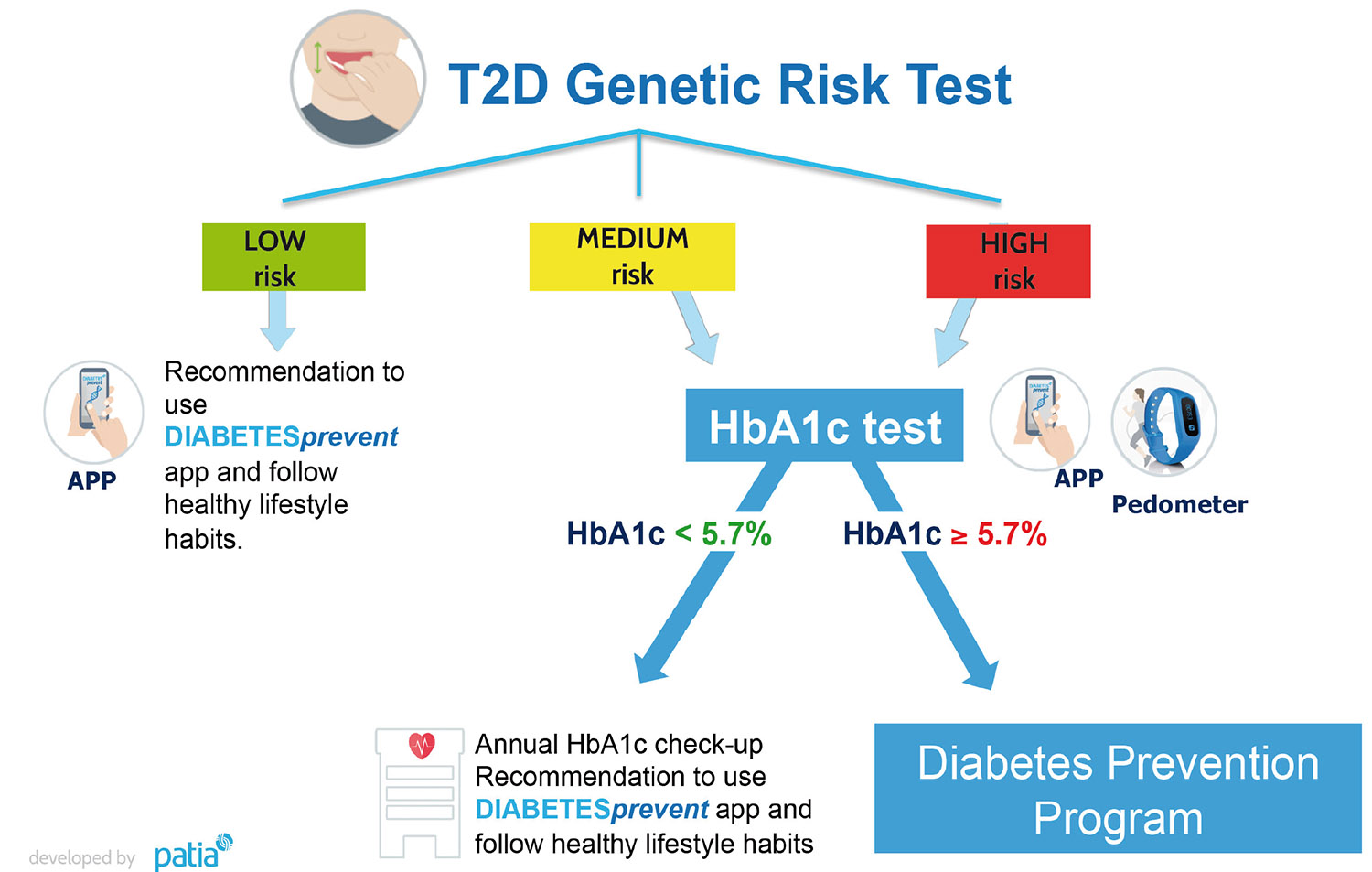
- Multiple health education and mobile technology initiatives are evolving to create a path to sustainable and scalable behavior change that would support the prevention of prediabetes and T2D. Employers are uniquely positioned to help their employees manage their T2D risk, particularly when risk detection tools are used early.
- The model presented here provides an example of an investment in a large-scale prevention effort that not only is needed and has value but also holds the promise of potential sustainability by combining (1) efforts to identify adults who are at the highest risk now of developing T2D diabetes in the future; (2) workplace-delivery of lifestyle change intervention programs; (3) incentivizing efficiency and outcomes that are linked to better health and lower future costs.
References
- Nature 2014: 506(7486):97-101.
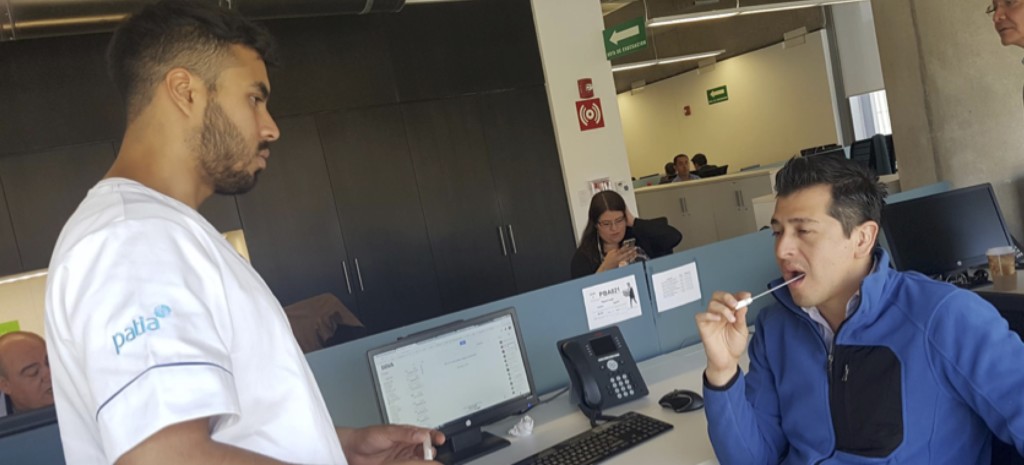
- JAMA 2014: 311(22):2305-14.
- Nat. Genet. 2014: 46:234-244.
- Nat. Genet. 2012: 44:981-990.
- PLoS Genet. 2015, 11(12):e1005696.
- Diabetes 2014, 63(6):2158-2171.
- N Engl J Med 2010, 363(240):2339-2350.
- Diabetes & Vascular Disease Research 2016, Vol. 13(3) 228–235
- BMC Medicine 2013. 11. 45. 10.1186/1741-7015-11-45.
Patia DIabetes
Latest posts by Patia DIabetes (see all)
- From gestational diabetes to type 2 - 10 November, 2020
- COVID-19 & Diabetes: the dangerous interaction of two pandemics - 24 June, 2020
- New Covid-19 features in DIABETESprevent app - 7 April, 2020




